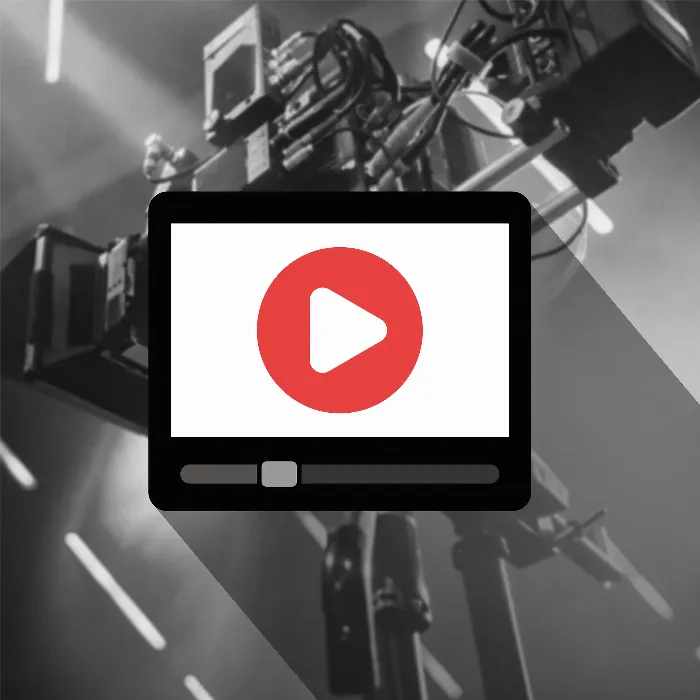The choice between autofocus and manual focus can be decisive for the quality of your shots. In videography, the optimal choice often depends on the situation. In this guide, you'll find out when autofocus is a good option and when you're better off using manual focus. Let's dive into the different approaches together to help you become more successful at filming.
Key takeaways
- Autofocus is good for dynamic scenes with movement.
- Manual focusing is advantageous for fixed settings and little movement.
- Lighting conditions play a decisive role in the reliability of autofocus.
Step-by-step guide
1. get to know the advantages of autofocus
Autofocus models have evolved rapidly since the early days. Many modern mirrorless cameras feature face detection, which can allow you to seamlessly track focus while filming. You can immerse yourself in the scene without having to worry about the focus. So if you actively enter the video and the focus adjusts accordingly in the scene, autofocus is a very effective solution.
2. understanding the application areas of autofocus
Especially in situations in which you will be moving, it makes sense to keep the autofocus activated. For example, if you have enough light and are filming in a dynamic setting, autofocus will ensure that you are always in focus, even if you are moving at the edge of the frame. But be careful: in low light, the autofocus can be misled and the camera could focus on the background, leading to undesirable results.

3. focus manually with stable settings
If you are not moving a lot in the shot and have a fixed camera setting, you should adjust the focus manually. In these cases, there is a risk that the autofocus will constantly move back and forth between you and the background, causing blurring. Sensible manual focusing gives you the certainty that the focus will remain stable even with small movements.
4. fixed camera position and manual focusing
If you are filming a fixed point where your subject will not move, you can work precisely with manual focusing. This ensures that the subject always remains in focus without any unwanted distractions from the autofocus. You can set a precise point and the camera will stay true to it.
5. use aids
To check the focus, I recommend that you use the various tools provided by your camera. Many models offer the option of displaying focusing guides. These help you to see exactly whether the subject is in focus or not. It may take some practice, but learning the right technique with manual focusing will give you huge advantages in your videography.
6. cinema lenses and manual focusing
Cine lenses without autofocus are often used in larger film productions. If you work with such lenses, you can still perform manual focusing. This is often used in the professional sector to maintain control over the focus and the image. In order to be able to work precisely, it is also recommended to stick markings on the floor where the actors should stand.
7. aperture and depth of field
A large aperture can reduce the depth of field and make it difficult to create sharp images, especially with minimal movement. To minimize this challenge, you should generally work with a slightly smaller Blender. This helps to widen the focus range and ensures sharper images, both in autofocus and when focusing manually.
8 Practice makes perfect
To develop an effective feel for focus, it is important to practise. Use different scenarios and experiment with both manual and automatic focus. Try out in which situations autofocus works well and when it makes sense to intervene manually. The key is to understand your camera and its characteristics in detail in order to ultimately achieve the best results.
Summary - Autofocus or manual focus - the right choice for your videography
In this guide, you have learned the basic differences between autofocus and manual focus. Both methods have their own strengths and weaknesses, which depend heavily on the specific requirements of your video production. It is crucial that you practice your technique regularly and design the appropriate settings for different situations. Over time, you will develop a more conscious feel for your camera and its focus options.
Frequently asked questions
What is the main advantage of autofocus?autofocus adapts dynamically to movement and can maintain focus seamlessly.
When should I focus manually?In stable settings, when the subject is not moving much or in low light conditions.
How can I be sure that I am in focus?Use tools such as focusing rings or guides integrated in the camera to check the focus.
What can I do if my camera has difficulties in low light?Reduce the aperture to increase the depth of field and use manual focusing if necessary.
What techniques are there for manual focus?Using guides and focusing on specific points helps to control the focus.


